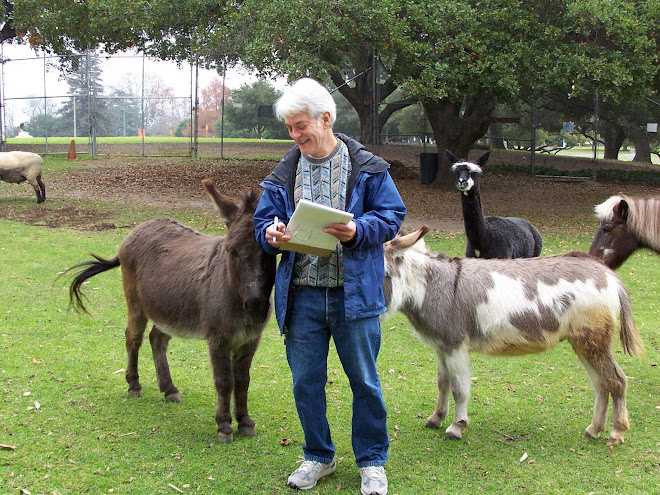The last time I saw Paris, her heart was warm
and gay.
I heard the laughter of her heart in every street café.
The last time I saw Paris, her trees were dressed for spring.
And lovers walked beneath those trees and birds found songs to sing.
I dodged the same old taxicabs that I had dodged for years.
I heard the laughter of her heart in every street café.
The last time I saw Paris, her trees were dressed for spring.
And lovers walked beneath those trees and birds found songs to sing.
I dodged the same old taxicabs that I had dodged for years.
The chorus of their squeaky horns was music
to my ears.
The last time I saw Paris, her heart was warm and gay.
No matter how they change her, I'll remember her that way.
The last time I saw Paris, her heart was warm and gay.
No matter how they change her, I'll remember her that way.
- Oscar Hammerstein
II, written a few days after the fall of France in 1940
My heart is breaking. Paris – the cultural capital of Europe, the city
of lights, where every building is an exquisite piece of baroque sculpture – violated
by cruel, naïve, and unfathomably dangerous true believers. Children
slaughtered while attending a rock concert. People gunned down while eating
their dinners. It's almost too much to bear.
If you've never been to Paris, do yourself a favor and put it on your
bucket list. With all respect to New York, London and Rome, it's the greatest
city in the world. And it has captured the hearts and imaginations of Americans
ever since Benjamin Franklin and Thomas Jefferson served as our country's first
two ambassadors there.
"If you are ever lucky enough to have lived in Paris as a young
man," Hemingway wrote, "then wherever you go for the rest of your
life, it stays with you, for Paris is a moveable feast."
Predictably, American politicians are falling over themselves to exploit
this tragedy. And just as predictably, they're coming up with all the wrong
answers and pointing their fingers at all the wrong people.
A lot of them are blaming the Syrian refugees, ignoring the fact that
these refugees are fleeing from ISIS, the very same people who committed the
Paris attacks. Ted Cruz says we should only admit refugees who are Christians.
Mike Huckabee wants to use this as an excuse to cancel the nuclear deal with
Iran, ignoring the fact that the only boots on the ground who are having any success
against ISIS – apart from the Kurds - are the Iranians.
And Donald Trump took a break from his war on Mexicans – who, as far as
I can recall, haven't bombed anybody – to train his fire on the Syrian
refugees, saying, "If I win, they're going back."
It reminds me of what Great Britain did during World War II: It
imprisoned Jewish refugees from Nazi Germany on the grounds that they might be
German spies. None of them were, of course, any more than the 120,000 Japanese
American citizens we imprisoned after Pearl Harbor.
It's only human to lash out at the nearest target when something like
this happens, but is it wise? When Bin Laden ordered the 9/11 attacks, his goal
was to trigger World War III between Islam and the West. It's a war that no one
can win but everyone can lose.
Let's step back, take time to mourn the desecration of this beautiful
city, and then fight. But this time, let's use our heads for strategy and our
hearts for compassion, instead of being suckered into fear-based, impulsive
action. The latter is what he would have wanted.
















